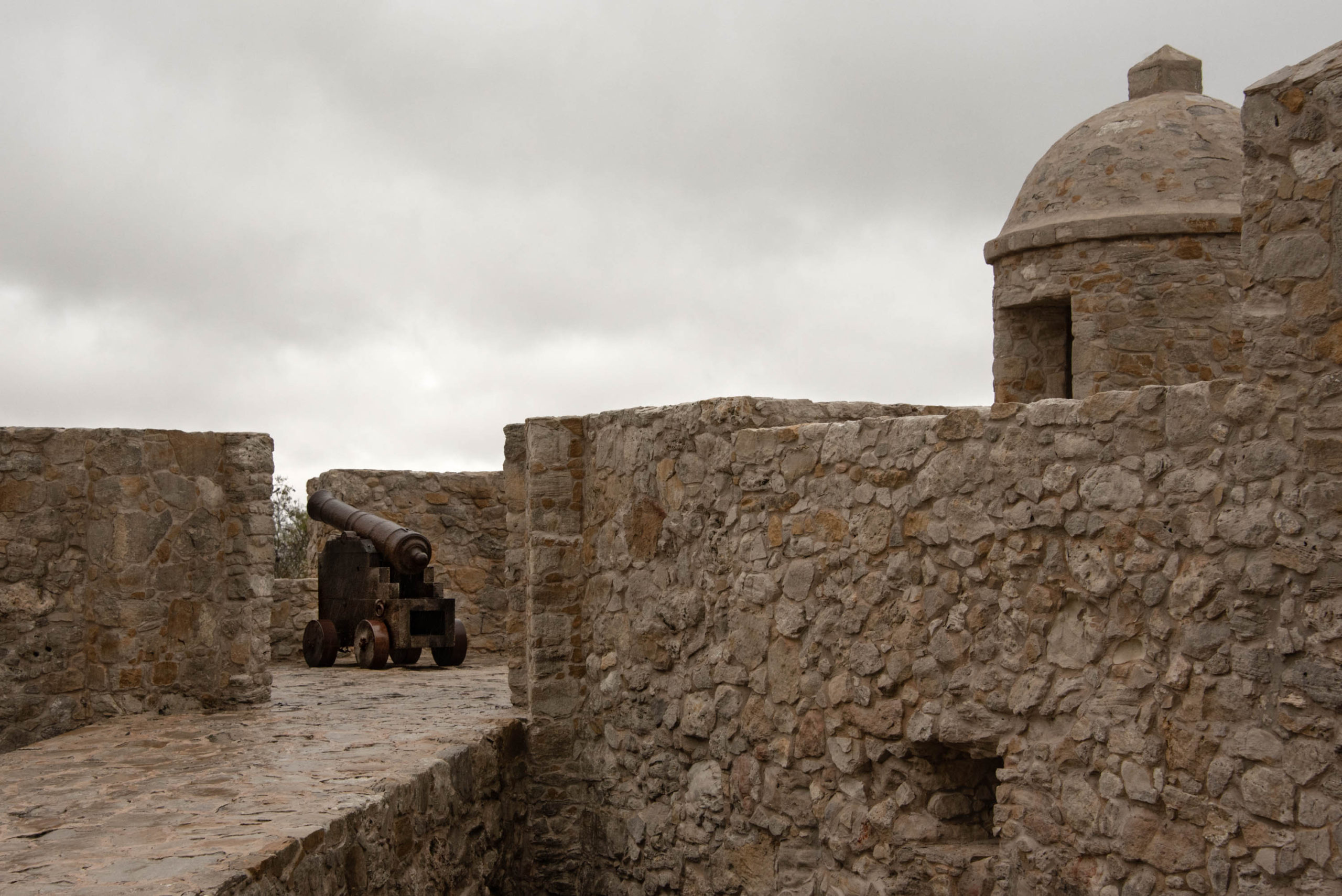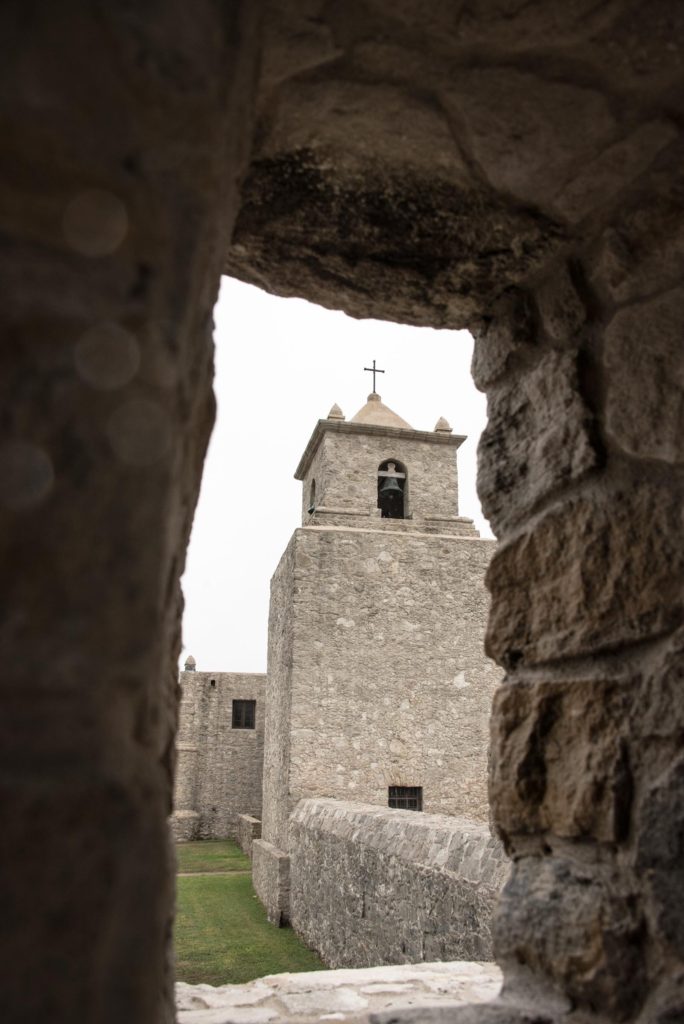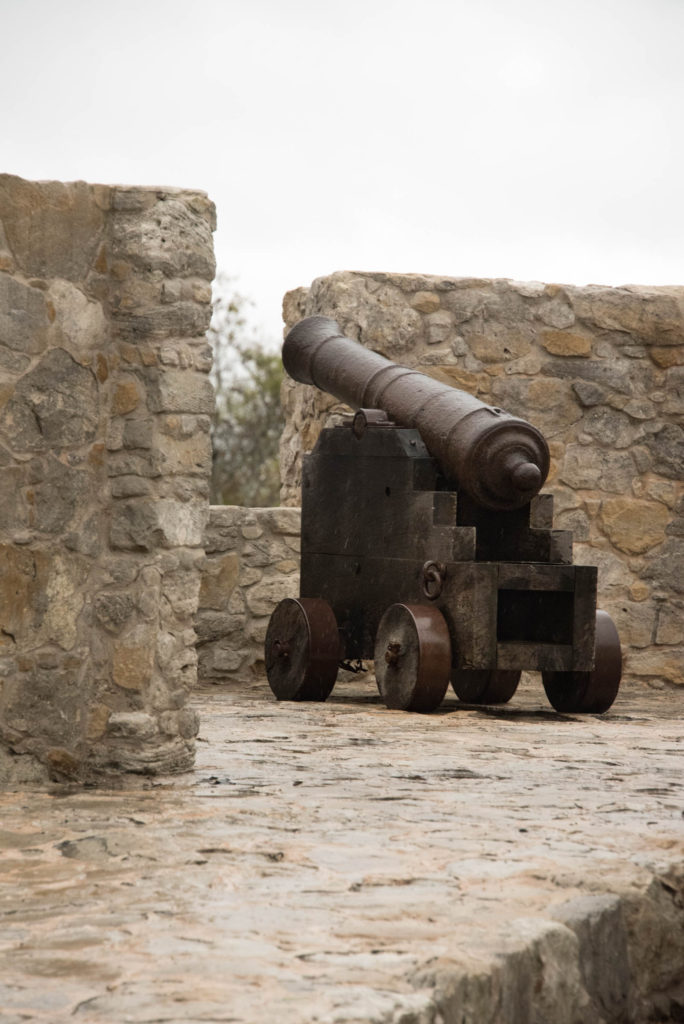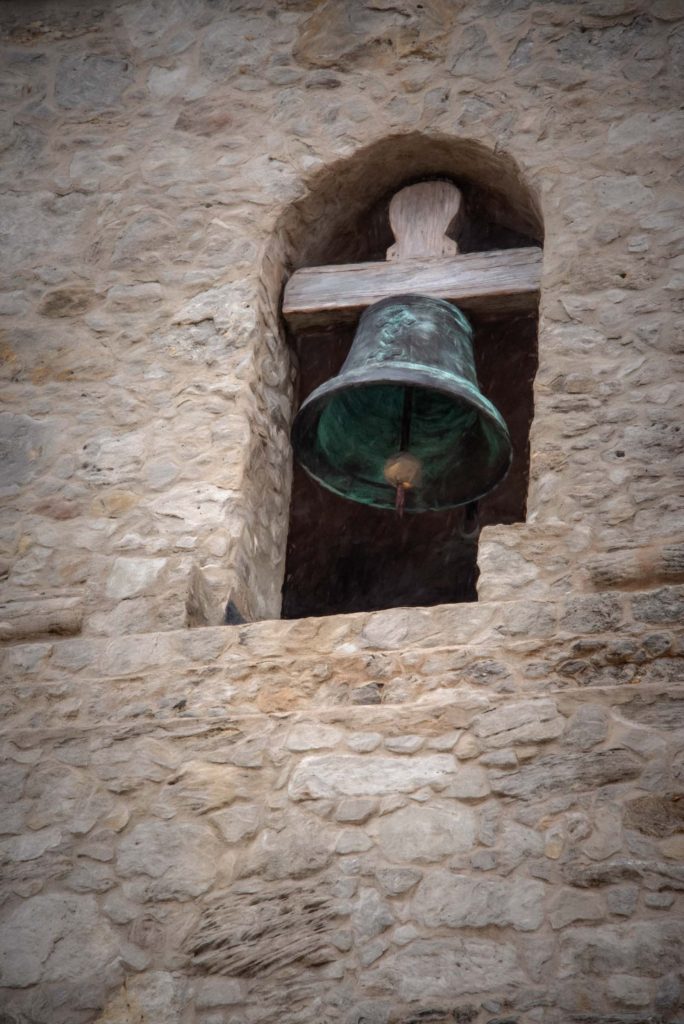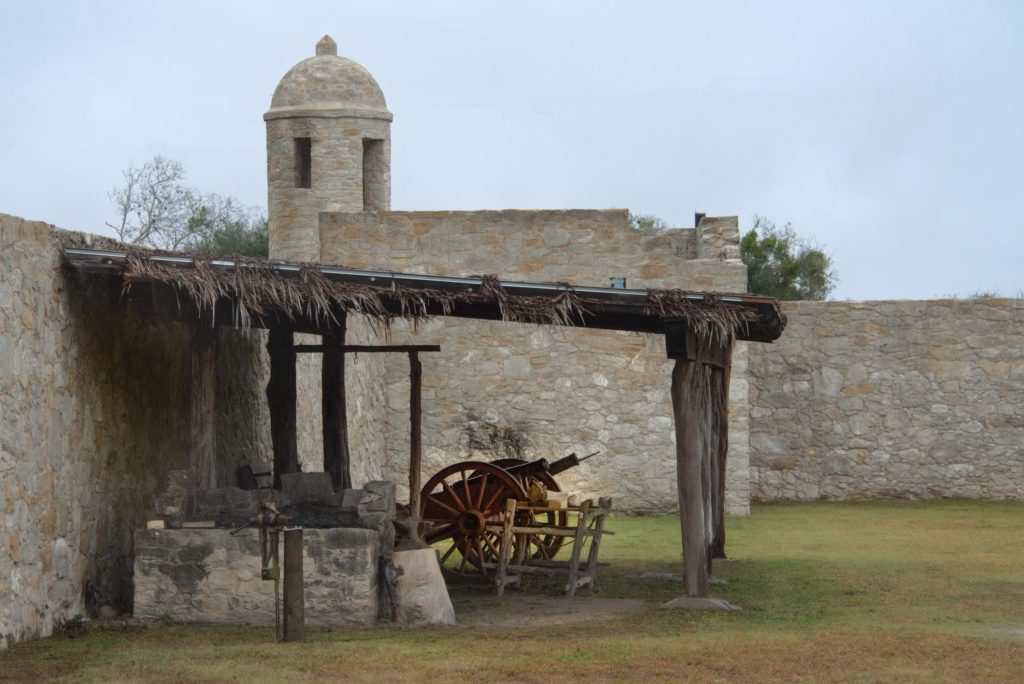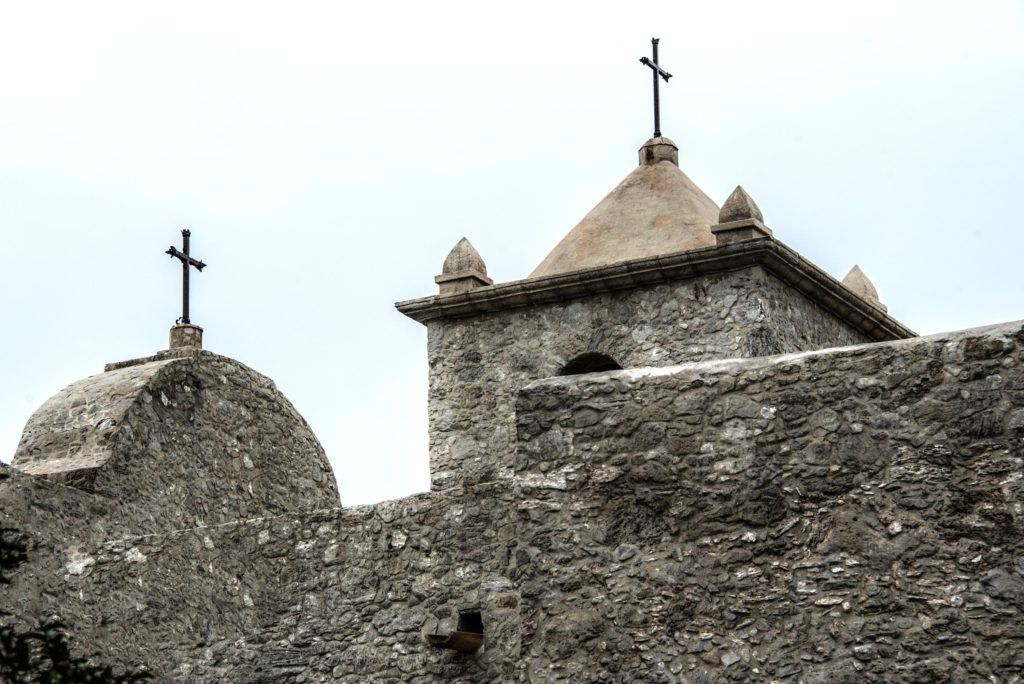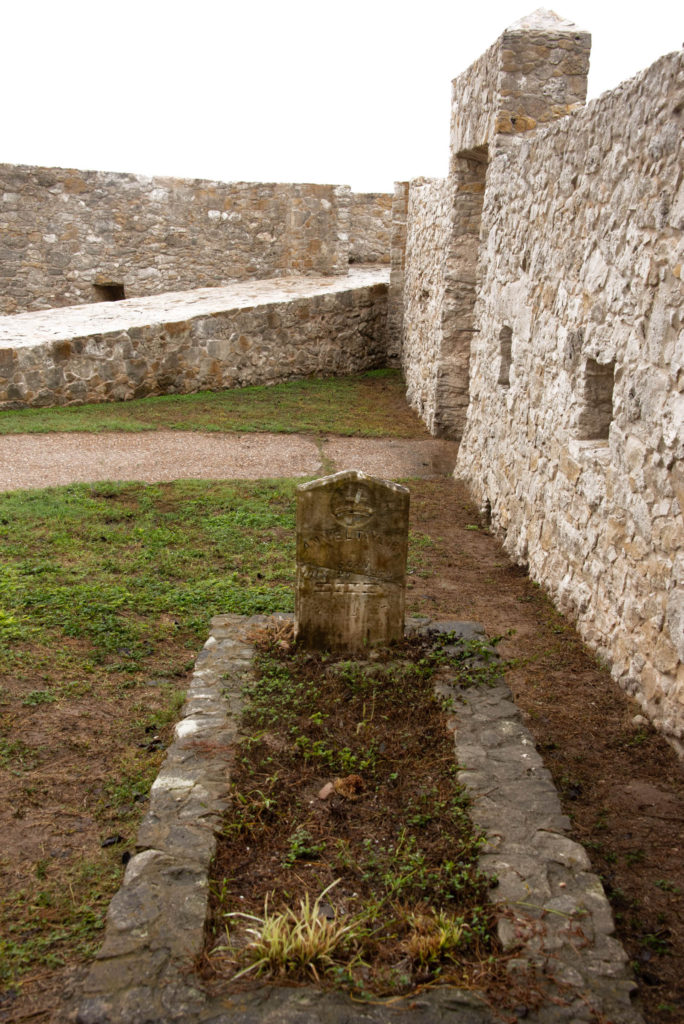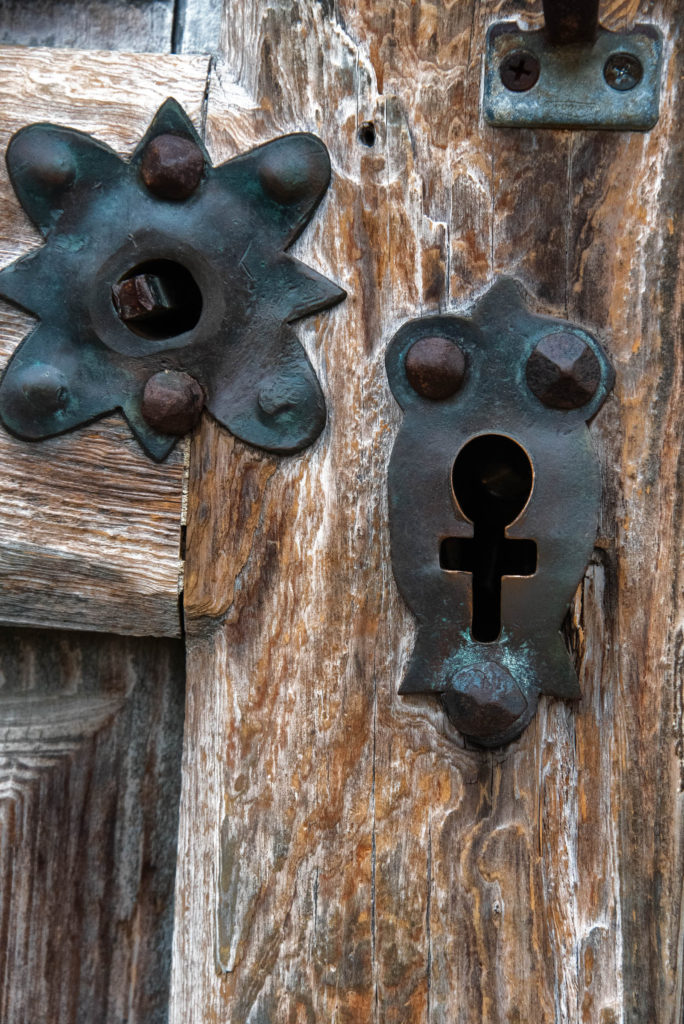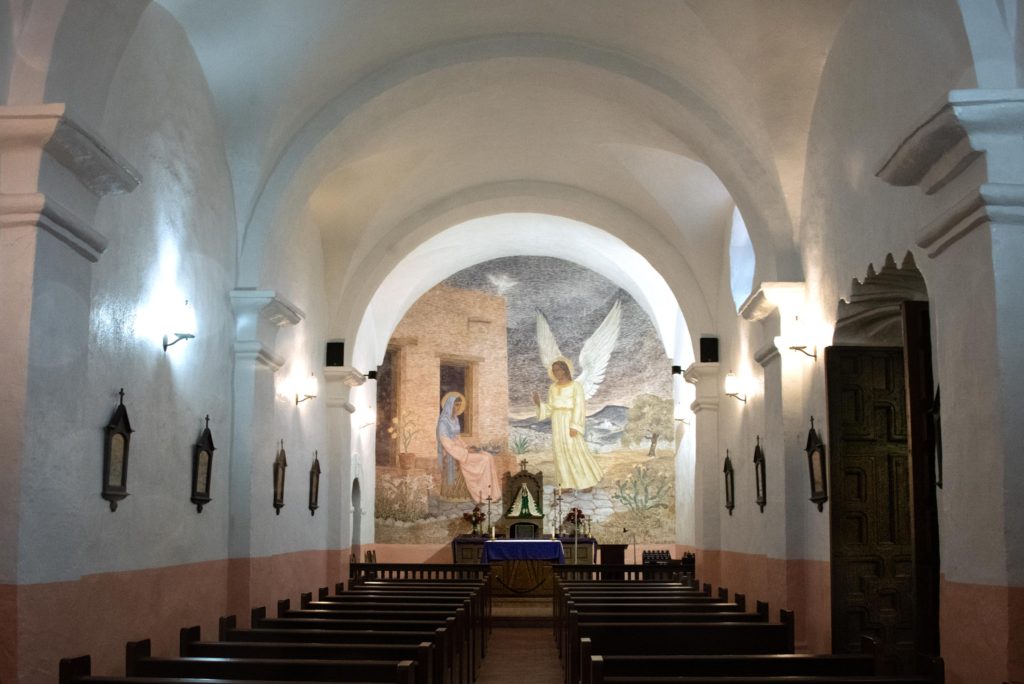In 1722, a Roman Catholic mission was established, by Spain, with the mission to convert the Karankawa Indians to Christianity. Mission Nuestra Señora del Espiritu Santo de Zunlga. The Spanish had begun colonizing the area that is now considered South Texas in the late 1600’s after the Pueblo Revolt in New Mexico. Missions were built not only to save souls but to keep the French, who occupied most of Louisiana from establishing a foot hold in the area.
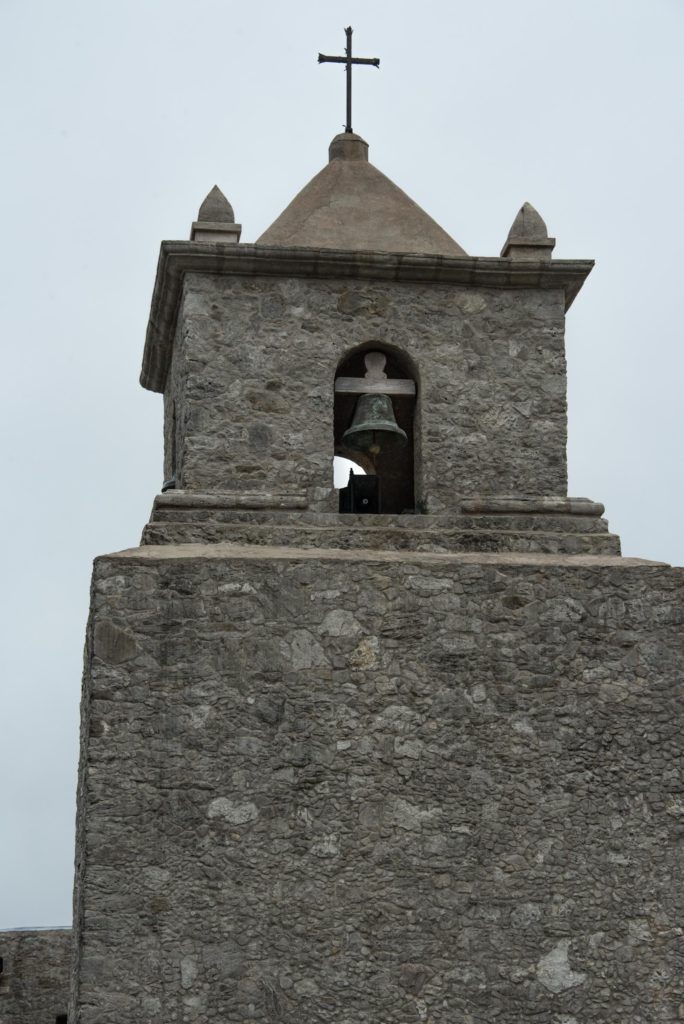
The mission was first located on Matagorda Bay, near where Houston is today. The Mission Espiritu Santo de Zuniga along with a fort called Presidio La Bahia were were built to convert the Karankawa Indians to Christianity and to secure the Texas coastline. The mission and fort did not last long at this location because they were unable to grow crops and failed to convert the Karankawa people.
In 1926 the mission was moved in an area close to where Victoria, Texas is now located. The local tribes included the Tamique and Arnama. Dams and acequias were built to provide and carry water from the near by Guadelupe River. The mission and fort prospered and remained at this site for 26 years.
In 1749 Mission Espiritu Santo and Presidio Nuestra Señora de Loreto de Bahia, were moved for the third time to the banks of the San Antonio River near what is now Goliad, Texas. At this location the Spanish were able to protect the major trade route to the north and east. Construction was not completed until 1758.
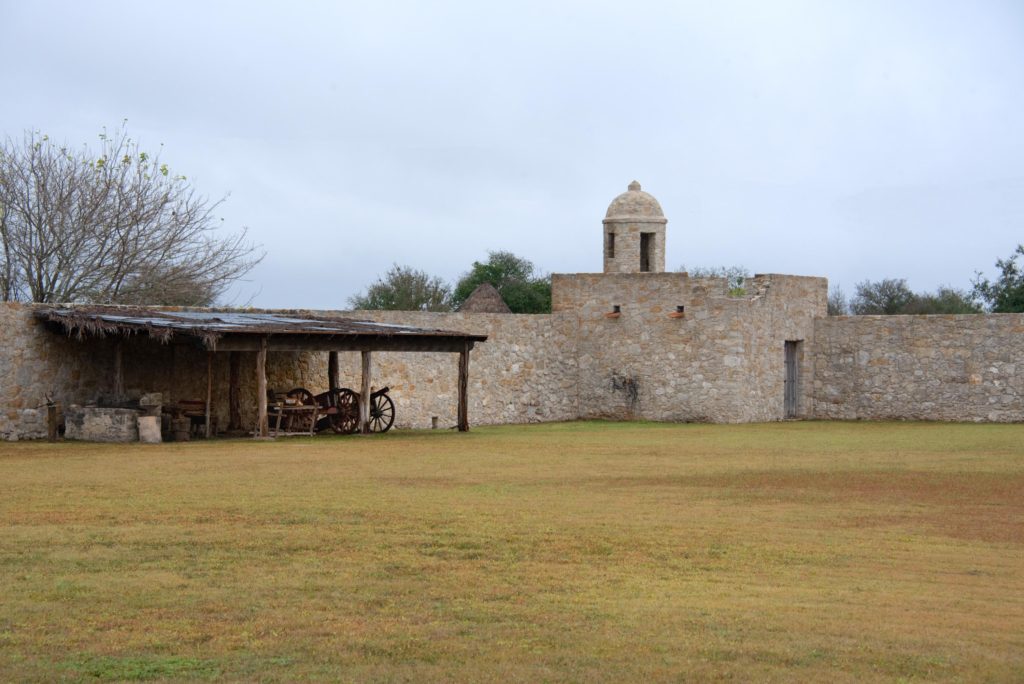
Run by Franciscan priest, the women spun wool for clothing, made clay posts for cooking and storing food. They also harvested fruit, vegetables, and grain. The men farmed, worked cattle, and help with the construction of the mission and the fort. They were assisted by native people from local indian tribes, including the Aranama, Piguique, Maos de Perro, Tarnique, Tawakoni, and Tonkawa – who chose a life at the mission because they would be protected from raids. The mission provided thousands of head of cattle during the American Revolution to support the colonist fighting for independence from England. At it’s peak the mission had over 15,000 head of cattle.
In 1821, Mexico won it’s independence and the Spanish government no longer needed the services of the mission. Two Franciscans refused to leave and remained there as parish priest. The mission closed in 1830 after continuous raids by Apache and Comanches and with a lack of money and turmoil between Texans and the Mexican Government. The land was claimed by local Mexican and American colonist. The mission became part of Goliand and the mission’s stones were removed and used for other construction.
In 1931, the mission ruins became a part of a new park, Goliad State Park. In 1933, funds were provided by Works Progress Administration to begin reconstruction of the chapel and the granary – this was completed in 1941. Additional construction projects in the 1960s and 1980s returned the site to how it was during 1749. During the 1970’s the Texas Parks and Wildlife Department restored the chapel and built exhibits in the granary.
Also at the park is the birthplace of General Ignacio Zaragonza. General Zaragoza commanded a rag-tag Mexican Army the fought and defeated French army on May 5, 1862, at the Battle of Puebla. This date is celebrated both in Mexico and the United States as Cinco de Mayo.
